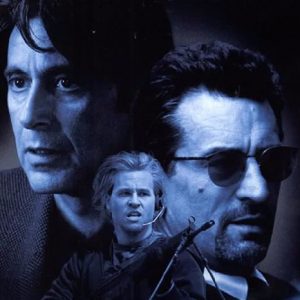By Christian Eltell
Critic Rating: 3.5/4 Stars
15th Anniversary Review
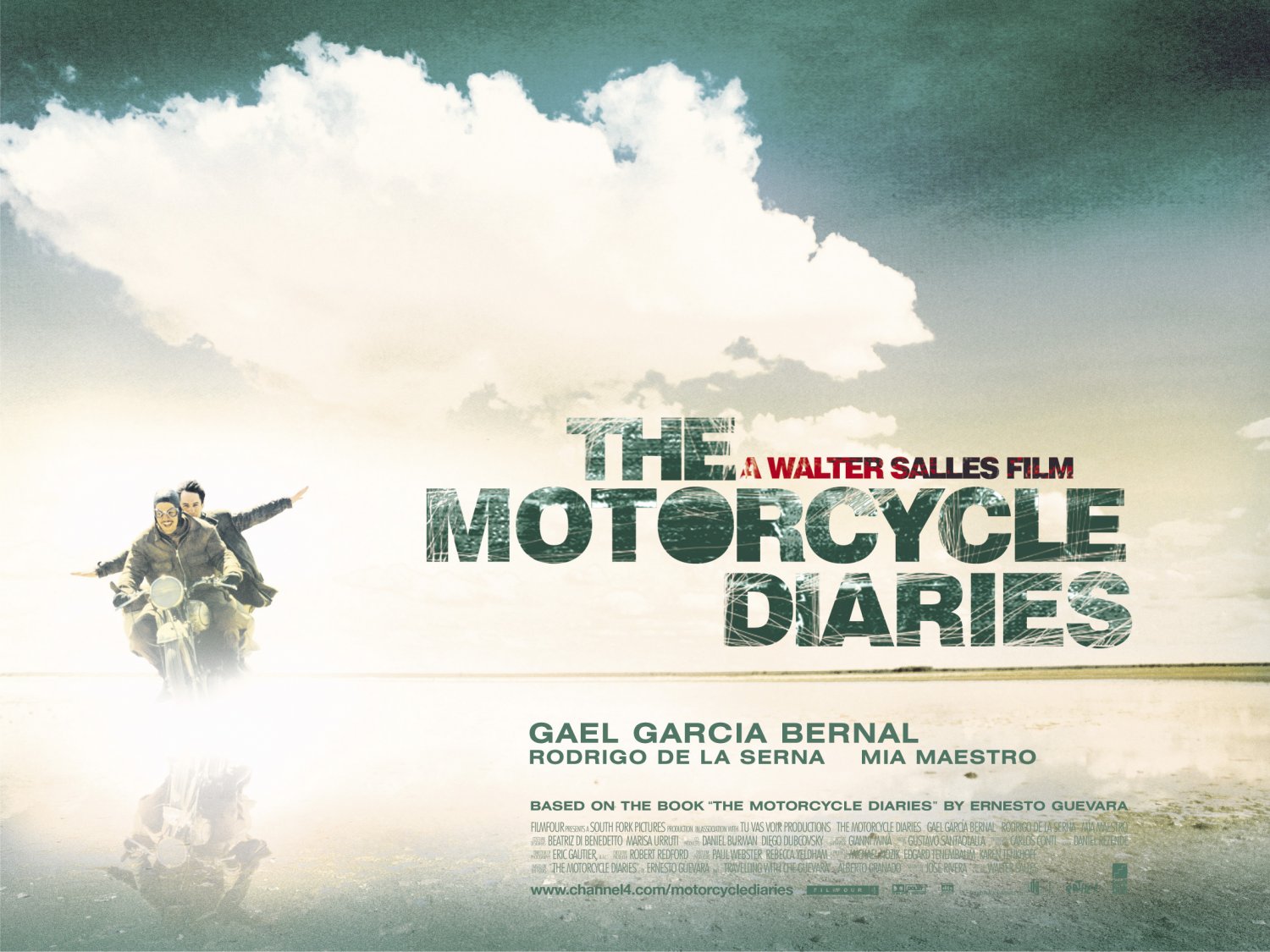
The Motorcycle Diaries is an intriguing biopic that tackles a very controversial figure: Che Guevara. The film shows us not what he did during his years of revolution and guerilla warfare, but how he was impacted by his travels in South America. Before watching this film, I didn’t know what to think or predict. How can a biopic begin to explain the origins of a young man who will resort to violence later on in his life? However, after watching this film, it’s clear that writer Jose Rivera wanted his audience to understand that Ernesto will eventually become Che because of the injustice he sees in South America, as well as the people in poverty without food, work, or money.
The character arc of Ernesto Guevara de la Serna, nicknamed “El Fuser,” and later known in his career as Che, is a 23-year-old who has responsibilities at home in Buenos Aires, Argentina. These include his studies as an M.D. student, and his athletic side as a recreational rugby player. He also has parents and siblings that love and care for him. However, once he and his friend, biochemist Alberto Granado, begin their long journey across South America, Ernesto’s goal is not only to be a medical volunteer in the San Pablo leper colony, but also to be adventurous and to recognize the beauty of countries like Peru and Chile. Ernesto wants to escape from the typical conventions of his normal life, such as school and endless exams. He also has asthma, which he constantly has to take medicine for. We also see his attraction toward women, including his girlfriend Chichina, and other ladies that he and Alberto meet and dance with along their journey. As Ernesto said in the beginning, this trip is all about improvisation. Ernesto loves Chichina, but he doesn’t stay with her because he and Alberto have to keep moving on their journey, and she most likely moves on due to his negative reaction to her letters. Ernesto initially saves the $15 to buy Chichina pants, but uses it on a newspaper and gives the rest to a poor communist couple in Chile.
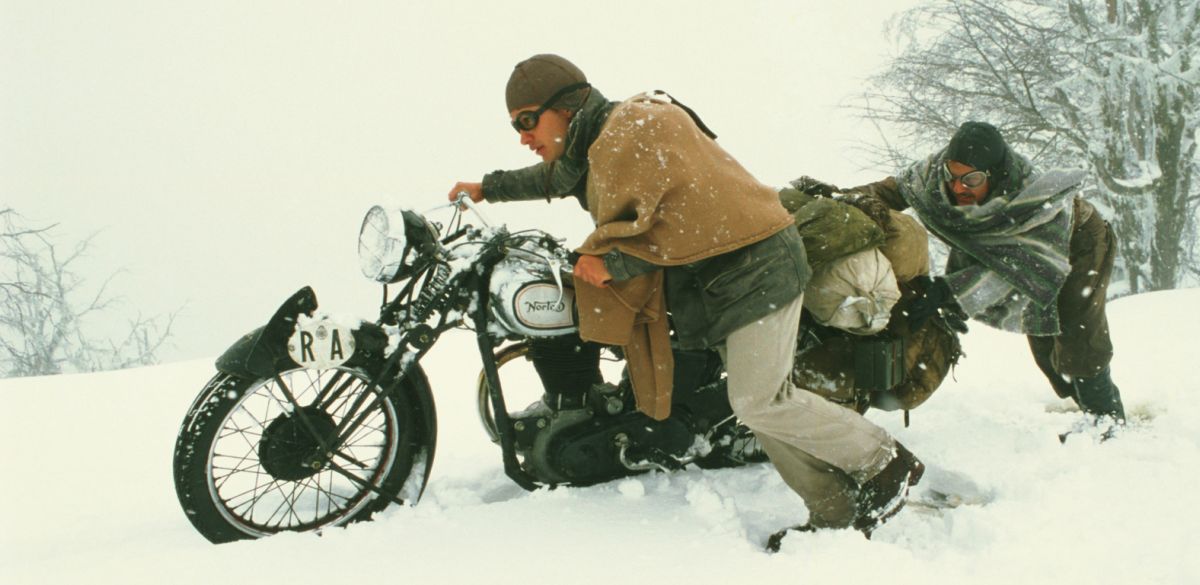
The 1939 Norton motorcycle, La Poderosa (“The Mighty One”) was supposed to guide Ernesto and Alberto throughout their travels, but the bike constantly breaks down and runs out of steam in Chile, forcing the protagonists to also get frustrated and carry their heavy luggage on long walks. However, Ernesto becomes more observant and concerned when he views the conflict surrounding indigenous peasants in need of food, work, and money, as well as the mistreatment of mining workers. Ernesto’s narration is also reflective, allowing viewers to understand what he’s thinking, especially while writing in his diaries. He also enjoys reading history books in order to gain perspective on the natives and farmers in South America. Also, when the occasion calls for it, Ernesto is brutally honest. While Alberto relies on persuasion, lying to others and boasting about his profession in order to get food and a place to stay for an evening, Ernesto is honest about who he is because he doesn’t want to insult other people’s intelligence, and doesn’t want to bargain with those who are ill or disabled. When Dr. Hugo Pesce asks him to give an opinion about his novel, Ernesto tells him that his intentions were good, but that it was poorly written, and Pesce appreciates his bluntness.
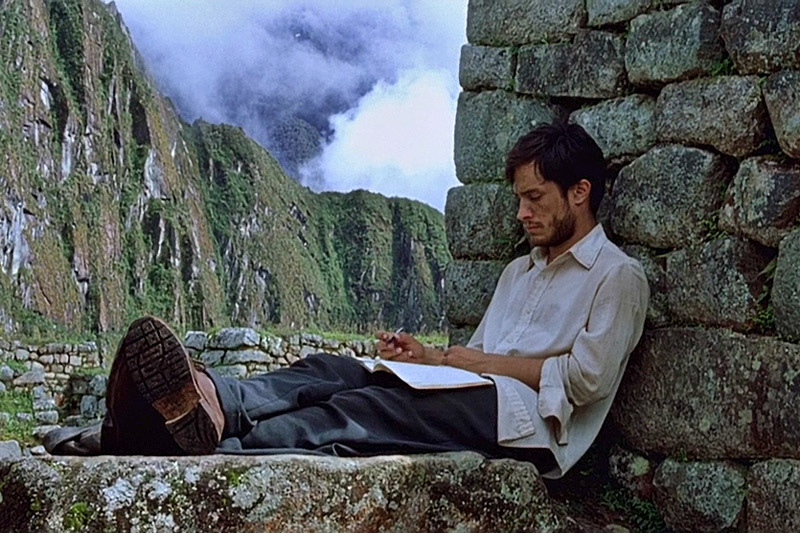
While sitting in the ancient Incan ruins of Machu Picchu in Peru, Alberto mentions an idea about forming a peaceful revolution with the indigenous people, and Ernesto immediately criticizes his idea by saying that a revolution without guns or weapons is pointless and a crazy plan. Ernesto is also a bit rebellious when it comes to following the rules, such as when he decides not to wear gloves in front of leper patients, shaking their hands bare in order to show them respect as a human being and not just as a medical volunteer, even though he also treats patients with care. He also dislikes the fact that he and Alberto have to pray before eating. However, it’s during his birthday speech at the leper colony in Peru where Ernesto fully conveys for the first time how disappointed he feels about the division of Latin America, and how there needs to be more unification in order to help those in poverty. Ernesto says he shares a deep connection with the people in Peru, telling them that they have embraced him as one of their own. His determination is further depicted in the scene after when he swims across the long river that separates the doctors and patients at the leper colony, showing that he disagrees with division, cares very much for the physically disabled, conquers his asthma, and believes that nothing is impossible unless you put your mind into what you believe in. While the film doesn’t go into how Ernesto the young medical student transforms into the militant revolutionary Che Guevara, the film’s goal is to prove that Ernesto was a man who attempted to discover his cultural identity through this journey, and to understand other people’s pain and suffering. While Che’s future will become one of violence, this road picture and coming-of-age story is proof that, whether a person commits good or bad actions in the future, everyone is shaped by their personal experiences from the past.
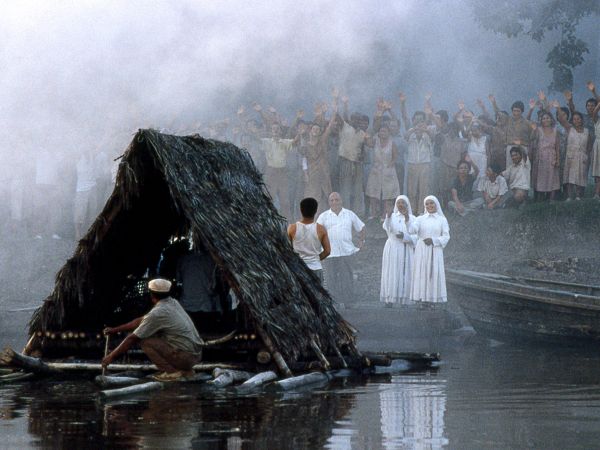
Ernesto is a reliable narrator because we understand how he feels about what he observes during his odyssey through South America, especially since this film is based on the actual Motorcycle Diaries that were written by Guevara, and used by writer Jose Rivera for research purposes. For example, Ernesto says that sitting down near the fire with the poor communist couple in Chile was one of the coldest nights of his life because he saw that this couple was in dire need of help, and that there was nothing he could do to help them. In another scene, Ernesto gives a woman medication to help her with the pain, but in his narration, he says it’s unfortunate that she will eventually die from her disease. Aside from the conflict he sees surrounding those who are living in poverty or suffering from medical illnesses, Ernesto’s major conflict throughout the film is understanding his own identity, and what he believes he will do in the future. Will he finish his medical studies back home in Argentina, or will his travels continue? Once he gives his birthday speech and swims across the river, we can instantly see that Ernesto is somewhat transformed, from a young medical student to a future revolutionary figure. The representation of the Latin American people in this film varies, but the majority consist of middle to lower-class citizens who humbly live their lives to encounter work, make money, and support their families. There are certain Latin Americans who get excited when they see Ernesto and Alberto in a newspaper because it seems like their journey is “big news,” while others can see that the men are young and unemployed. Hugo Pesce is one of the few individuals who are of middle to upper-class quality because he is a doctor. Luz, the woman that Alberto becomes madly obsessed with, is an intelligent prostitute who gains money by making out with men. There are also people like the communist couple in Chile who travel to look for work, and disabled patients who have to be cared for by medical professionals, while other sick individuals cannot afford medical attention. According to Caridad Svich’s interview with Jose Rivera, titled ‘An Urgent Voice for Our Times,’ Rivera mentions that the “other central character in the film is Latin America itself ” (Svich 85) because the writer describes the film as a “lucid love letter to South America. You can see it in Gael Garcia’s eyes as he surveys the gorgeous and wounded landscape” (Svich 85), especially at the Incan Ruins of Machu Picchu.
